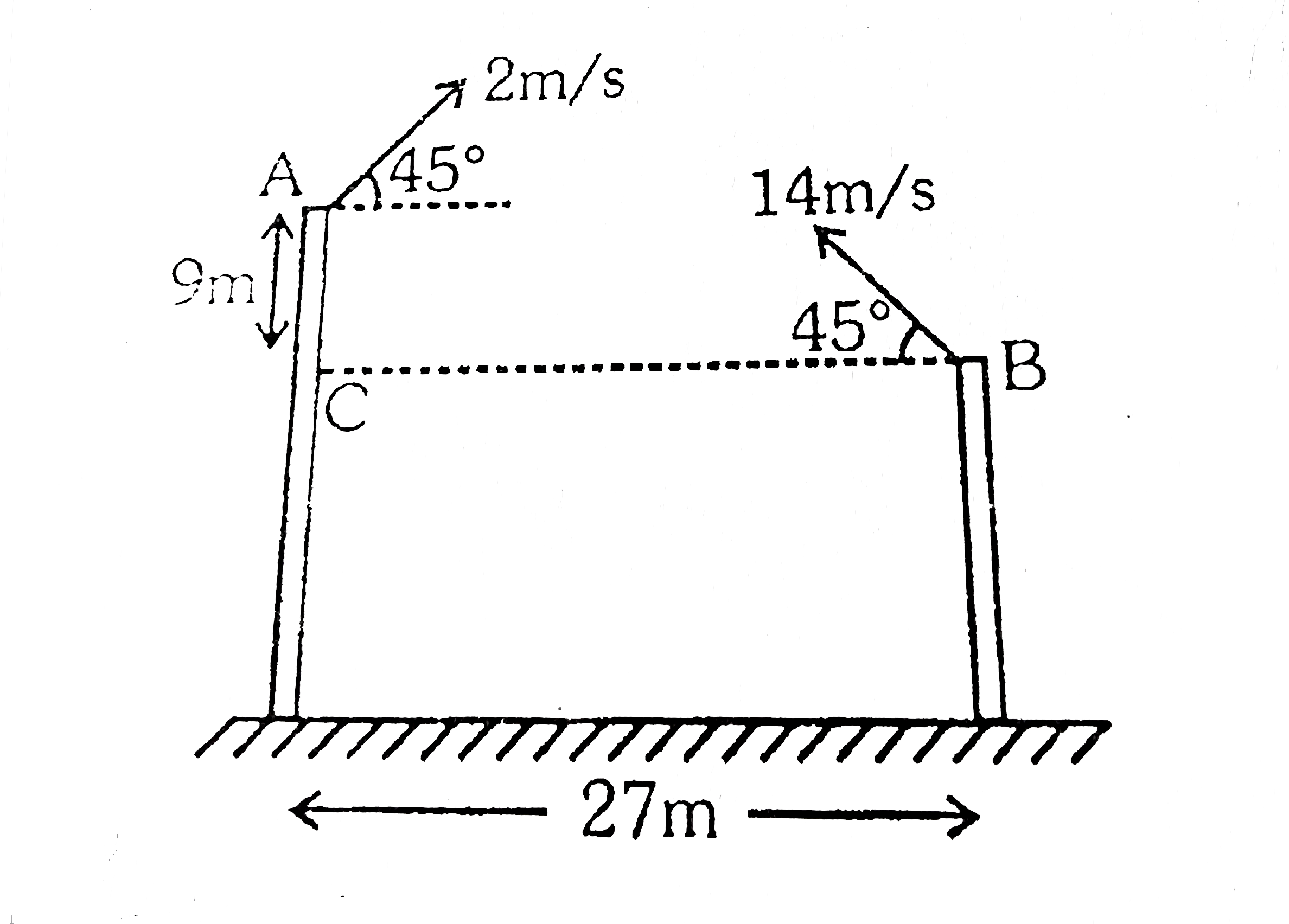Foundations of high rise building are small. True/False.
To determine whether the statement "Foundations of high-rise buildings are small" is true or false, we can analyze the concepts of force, pressure, and area.
1. Understanding Pressure:
- Pressure is defined as the force applied per unit area. The formula for pressure (P) is given by:
P=FA
where F is the force (weight of the building) and A is the area of the foundation.
2. Relationship Between Pressure and Area:
- From the formula, we can see that pressure is inversely proportional to the area. This means that if the area decreases, the pressure increases, and vice versa.
3. Weight of High-Rise Buildings:
- High-rise buildings are heavy structures due to their height and the materials used in construction. Therefore, the force (weight) acting downwards on the foundation is significant.
4. Need for Larger Foundations:
- To ensure that the pressure exerted on the ground is manageable and does not exceed the ground's capacity to support the building, the foundation must be large enough. A larger foundation area helps distribute the weight of the building over a greater area, thus reducing the pressure on the ground.
5. Conclusion:
- Since high-rise buildings have a significant weight, their foundations cannot be small. Instead, they need to be larger or wider to keep the pressure within safe limits. Therefore, the statement "Foundations of high-rise buildings are small" is False.
Final Answer:
False. The foundations of high-rise buildings are not small; they are larger or wider to distribute the weight and reduce pressure on the ground.
---
- Pressure is defined as the force applied per unit area. The formula for pressure (P) is given by:
P=FA
where F is the force (weight of the building) and A is the area of the foundation.
- From the formula, we can see that pressure is inversely proportional to the area. This means that if the area decreases, the pressure increases, and vice versa.
- High-rise buildings are heavy structures due to their height and the materials used in construction. Therefore, the force (weight) acting downwards on the foundation is significant.
- To ensure that the pressure exerted on the ground is manageable and does not exceed the ground's capacity to support the building, the foundation must be large enough. A larger foundation area helps distribute the weight of the building over a greater area, thus reducing the pressure on the ground.
- Since high-rise buildings have a significant weight, their foundations cannot be small. Instead, they need to be larger or wider to keep the pressure within safe limits. Therefore, the statement "Foundations of high-rise buildings are small" is False.
False. The foundations of high-rise buildings are not small; they are larger or wider to distribute the weight and reduce pressure on the ground.
Topper's Solved these Questions
- BOOK - ICSECHAPTER - FORCE AND PRESSURE EXERCISE - EXERCISE 3.1 (TICK THE MSOT APPROPRIATE ANSWER)5videos
FORCE AND PRESSURE
- BOOK - ICSECHAPTER - FORCE AND PRESSURE EXERCISE - EXERCISE 3.1 (MATCH THE STATEMENTS)1videos
FORCE AND PRESSURE
- BOOK - ICSECHAPTER - FORCE AND PRESSURE EXERCISE - EXERCISE 3.1 (FILL IN THE BLANK)5videos
FORCE AND PRESSURE
- BOOK - ICSECHAPTER - ENERGYEXERCISE - THEME ASSIGNMENT4videos
ENERGY
- BOOK - ICSECHAPTER - HEAT TRANSFER EXERCISE - Picture Study2videos
HEAT TRANSFER
Similar Questions
Knowledge Check
- Question 1 - Select One
A man stands between two high rise buildings and blows a whistle. He hears two successive echoes one after 0.4 ond other after 1.6sec. Calculate the distance between the two buildings. (given velocity of sound in air = 332ms−1]
A320mB332mC340mD350m
A model of a high rise building is made to a scale of 1:50.
(i) If the height of the model is 0.8 m, find the height of the actual building.
(ii) If the floor area of a flat in the building is 20 m2, find the floor area of that in the model.View SolutionLightning strikes only on high - rise buildings
View SolutionExplain the
Why is the foundation of a building made very wide, as compared to its walls?View SolutionAdsorption and Absorption are same. True/False?
View SolutionAll hydrocarbons are saturated. True/False
View Solutionπ is an irrational number (True / False).
View SolutionTwo particles are projected from two high rise buildings simultaneously as shown then find minimum distance between particles.
 View Solution
View Solution


_E01_735_Q01.png) True or False
True or False